
Red meat: the end of a myth?
Publié il y a 4 mois
02.01.2025
Partager
In the latest version of the food pyramid, released in September 2024, red meat was removed. This new graphic representation replaces the steak with a chicken breast. Meanwhile, legumes are valued as a source of protein. However, the food is still being recommended. It is still advised to eat a portion of 100-120 grams of meat (of all kinds) two or three times a week. The Swiss Society for Nutrition (SSN) and the Federal Office of Health and Veterinary Affairs (FSVO) set these recommendations.
“The food pyramid represents what is most advisable to eat,” says Pedro Marques Vidal, a clinical research specialist at the CHUV’s Department of Internal Medicine who participated in this work. The SSN and the FSVO have also, for the first time, taken into account the environmental impact of food, which explains why red meat is not valued very much in this context.
But above all, several studies have shown that red meat and, even more so, processed meat, such as sausages or deli meats, can cause, when consumed in excess, increased risk of cardiovascular disease and type 2 diabetes. Colorectal cancer may also be directly linked to the consumption of processed meats. The reasons are not yet well known, but it could be an excessive intake of saturated fats and iron or the formation of pro-oncogenic elements in the intestinal microbiota during the digestion of meat. “The problem is also that having a large portion of meat on your plate leads to smaller portions of vegetables and whole grains, so of fiber and vitamins, among others,” says Esther Guex, clinical dietician at CHUV.
Source of iron and protein
Despite this, red meat remains an important source of protein and iron – an essential element for our health. “Iron in meat is much more bioavailable than iron found in plants,” explains Pedro Marques Vidal. Meat – as well as fish and eggs – also contains vitamin B12, which is not found elsewhere. Giving up meat, therefore, requires compensating with three times more iron from plant sources and supplementing yourself with vitamin B12, which is the lot of people who have adopted a vegan diet.
While red meat is often recommended for people with anemia, “there is no evidence that eating large amounts of it will actually reduce iron deficiency,” warns Guex. It also depends on what will be paired with our meat: dairy products, tea, or coffee tend to cancel the absorption of iron by the body, while vitamin C improves its absorption.
The art of producing and cooking food
Knowing exactly what in meat causes the above mentioned risks is still not well known. But in the opinion of both specialists, any link between food and health involves an extremely complex balance. The way in which meat is produced, processed, and, above all, cooked can influence its assimilation by the body: it is assumed, for example, that a lot of grilling, barbecuing, or even frying meat can generate carcinogenic substances. “For processed meat, several techniques are used, such as salting, fermentation, ripening, and smoking, says Guex. These methods may involve the addition of preservatives and other additives, which in the long run can cause health risks including carcinogenic effects.”



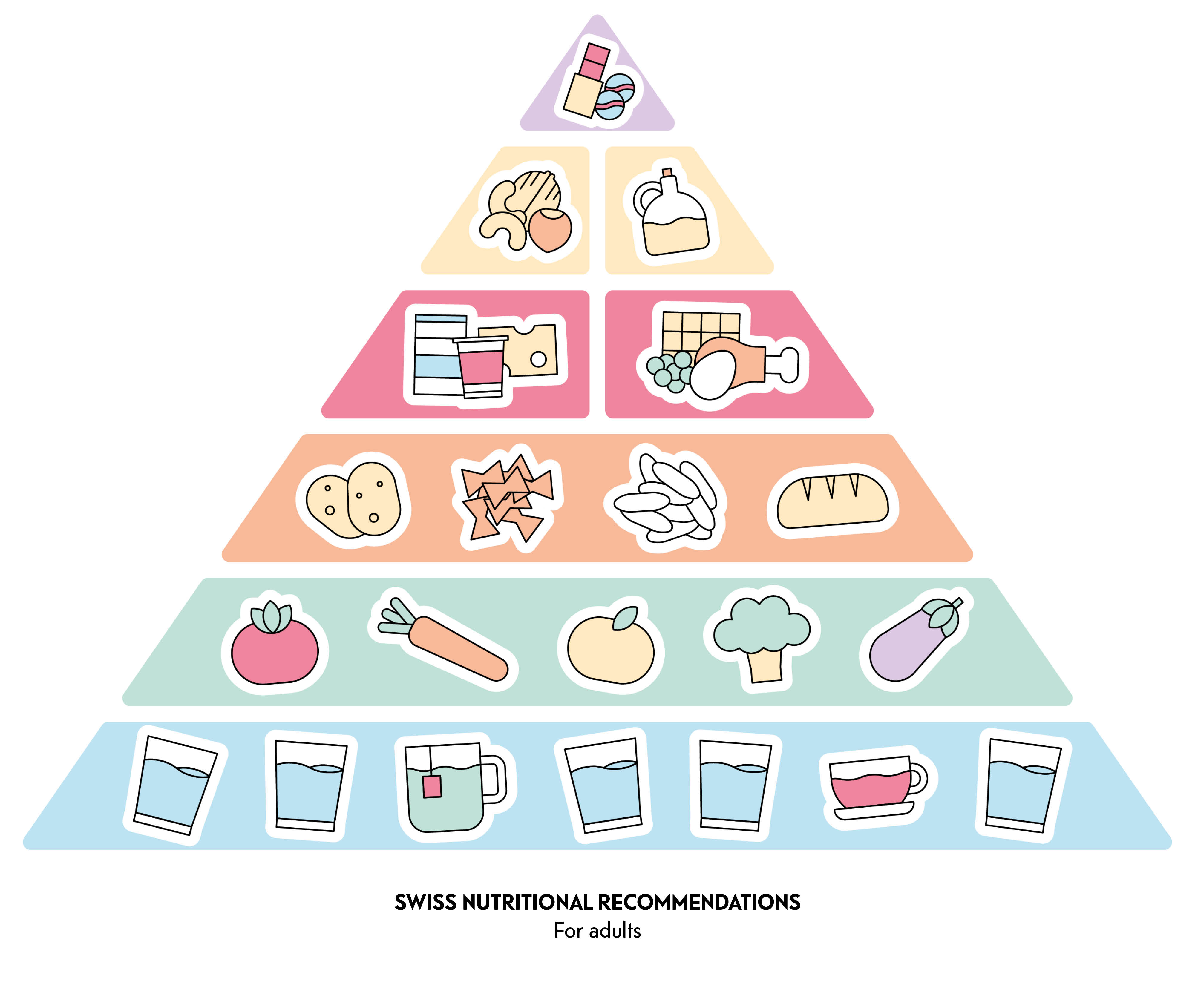
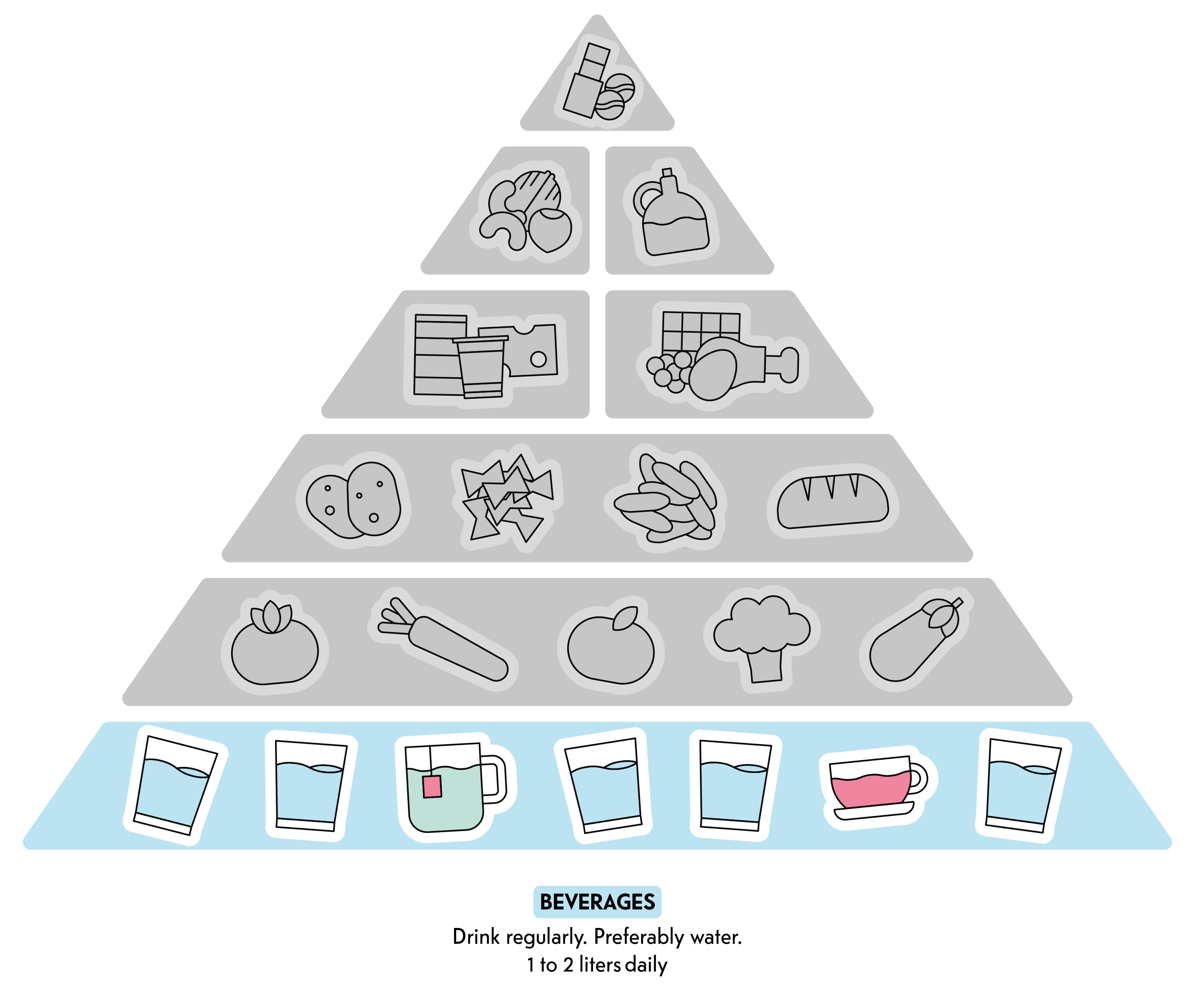
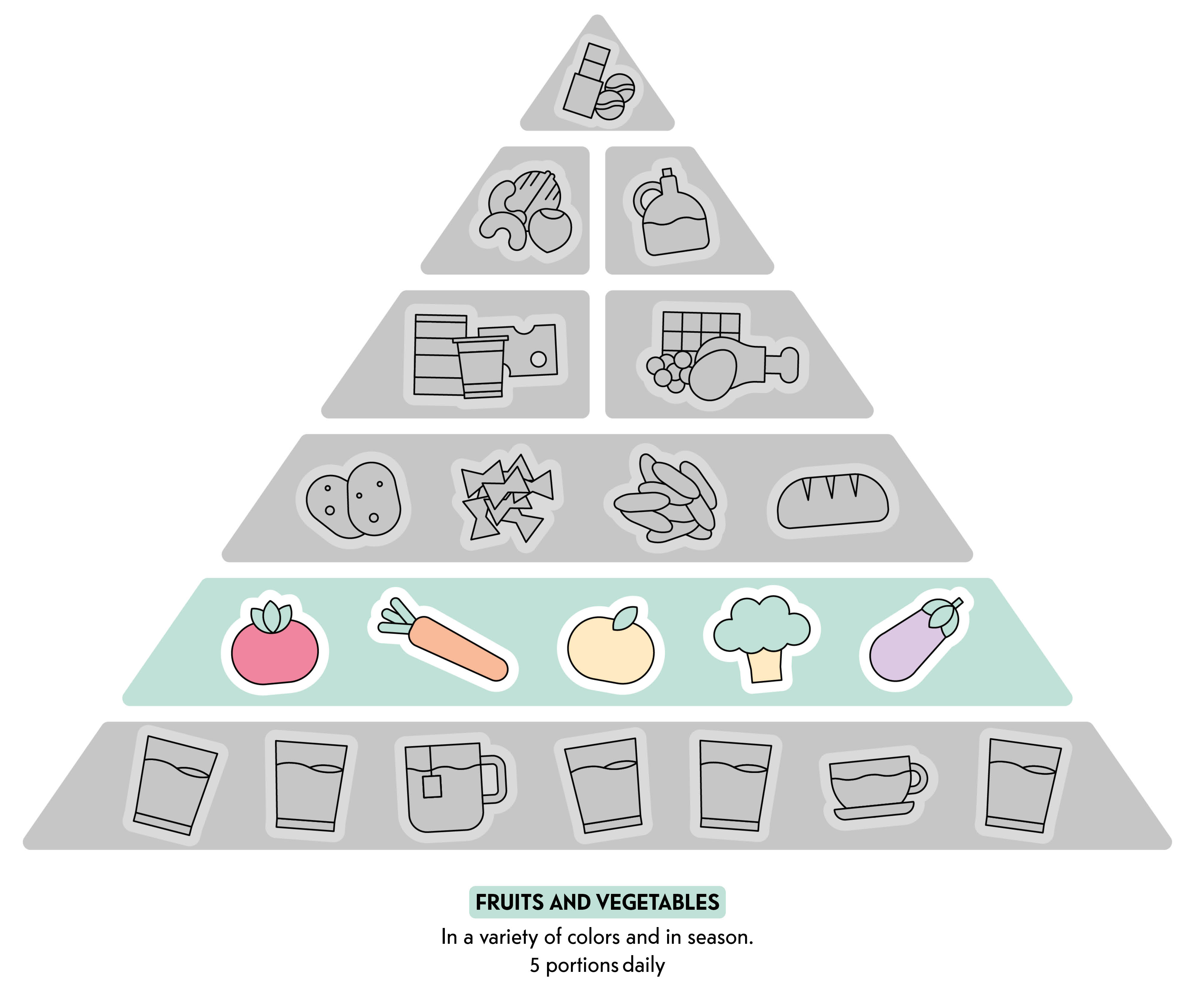
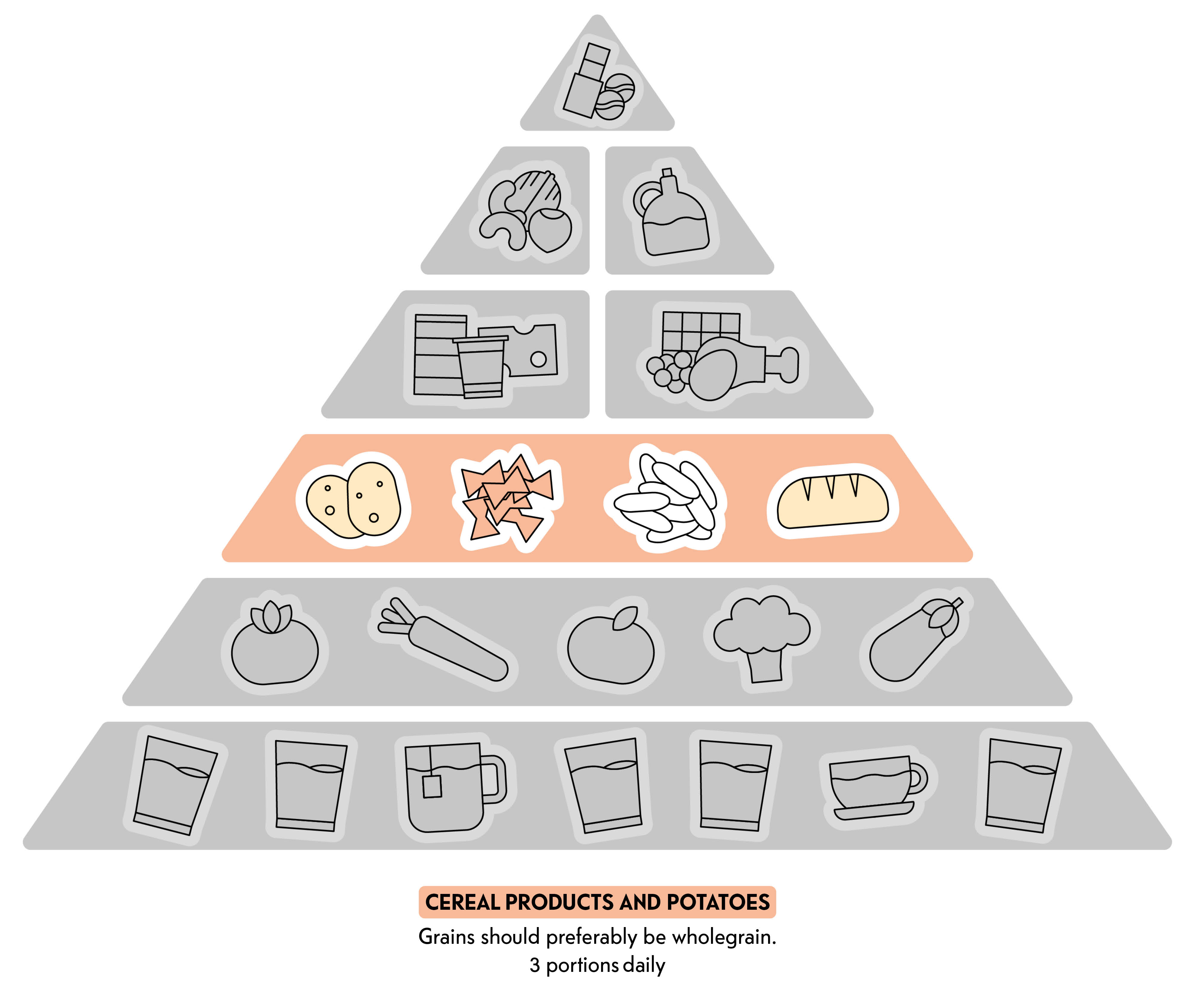
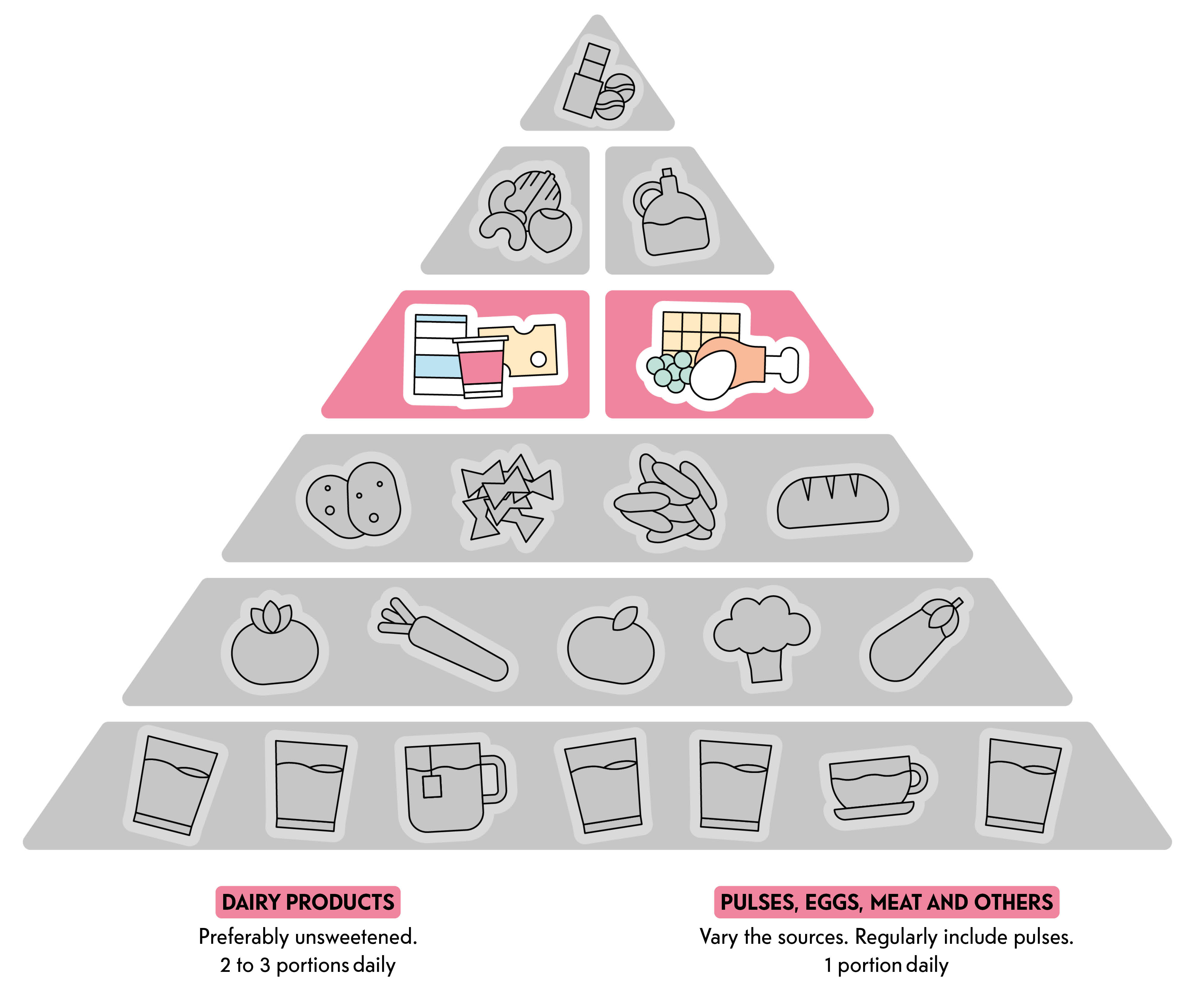
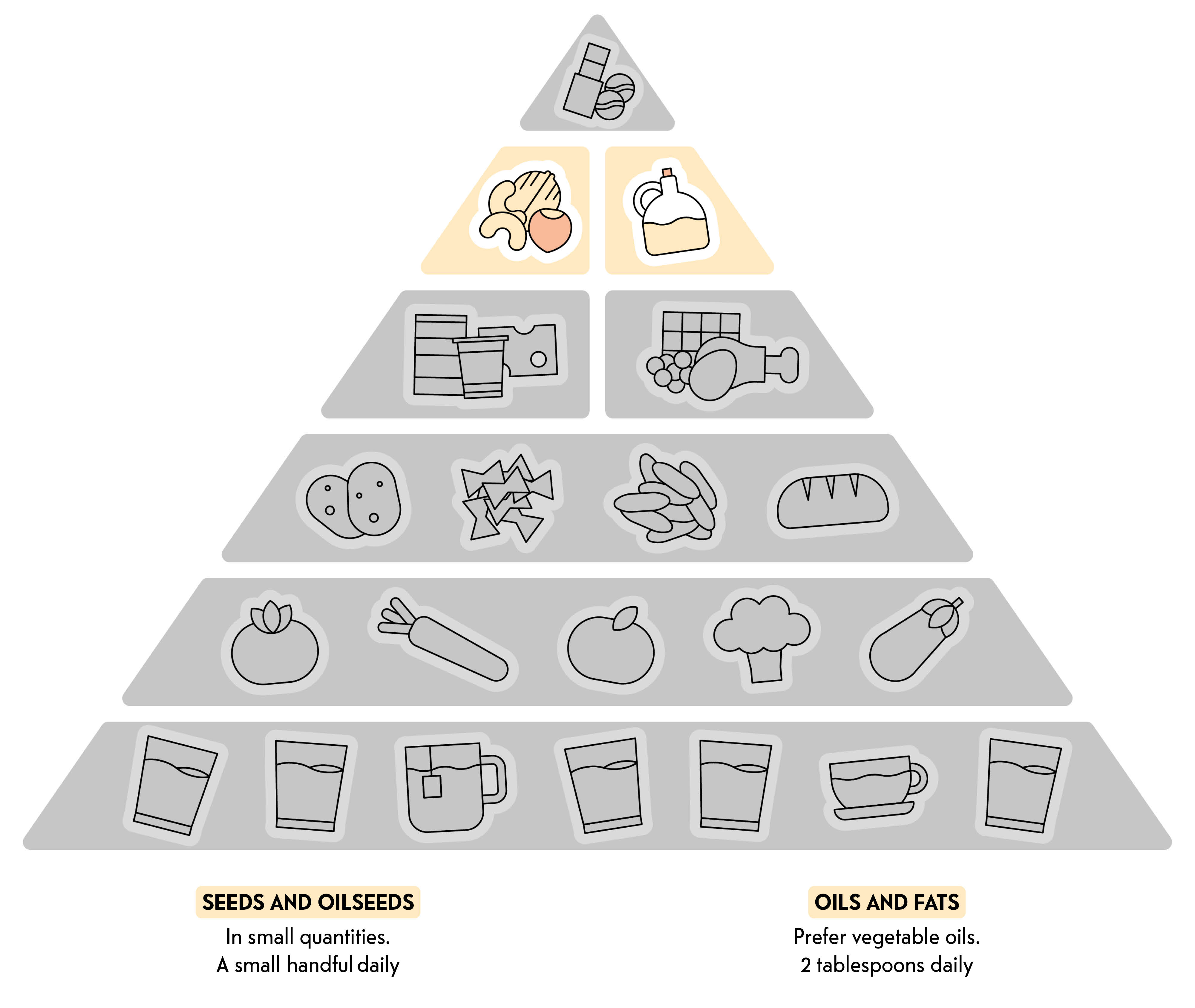
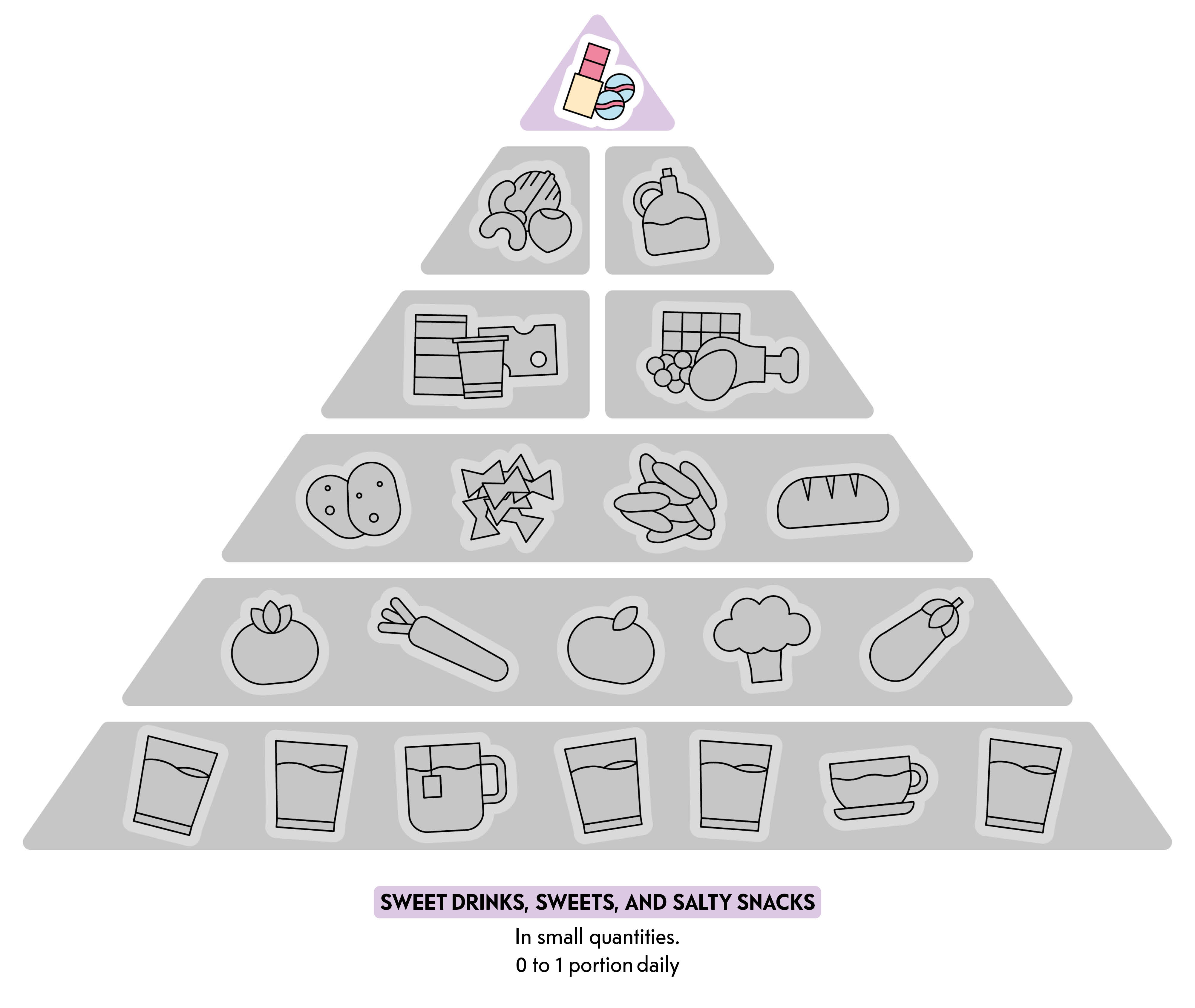
![[Translate to Anglais:] IMAGE: ERIC DUBOST/ALAMY](https://www.invivomagazine.ch/fileadmin/_processed_/6/c/csm_Olga_Sidiropoulou_c_Eric_Dubost_slash__Alamy_2294874aef.jpg)
![[Translate to Anglais:] [Translate to Anglais:]](https://www.invivomagazine.ch/fileadmin/_processed_/a/3/csm_LN_INVIVO_Stress_02_140b28d03c.jpg)